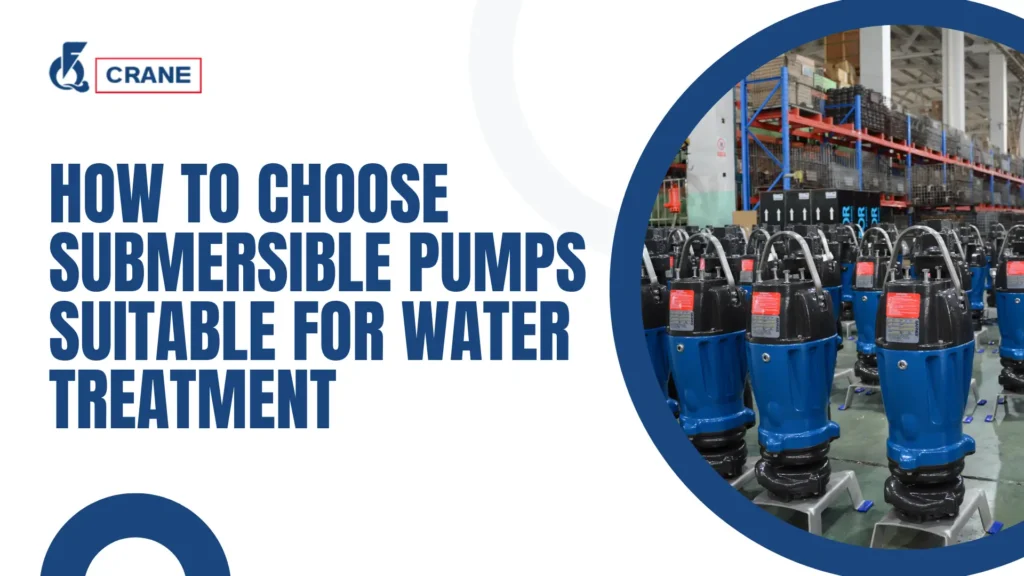In any water treatment works, a major device is the submersible pumps that transport cloths from underground sources: for wells, springs, or aquifers into treatment plants.
These ensure that there is always a flow of water and smooth handling of the water during such processes of treatment.
These are also very much needed in everything that has to do with the management of wastewater, keeping water pure all the time – all that concerns how water purity is to be managed in a static environment that does not generally cause any water contamination.
Whenever a person decides to do something, he or she gets prepared with a requirement of what he would like to do accordingly.
However, real ambiguity arises whenever a man gets a destination and does not use language or imagination to make sense of all that is perceived by the senses.
A wise man once said that when one misses something, he turns to something else, and such a man who perceives differently may, from his insight, decide on changing everything in the hardware used and even the type of pump.
Learn More:
Assessing Your Needs
Ultimate Application Requirements
Selecting the right submersible pump for use is a matter of starting with clear application specifications.
They could involve different exigencies involved in the pumping of clean water, sewage, for industrial wastewater management and the like.
For example, solids and debris not withstanding, sewage will usually have very different pumps than clean water, for which flow efficiency and handling capacity will become critical.
Fully understand and keep your eyes wide open for what you specifically require from your pump.
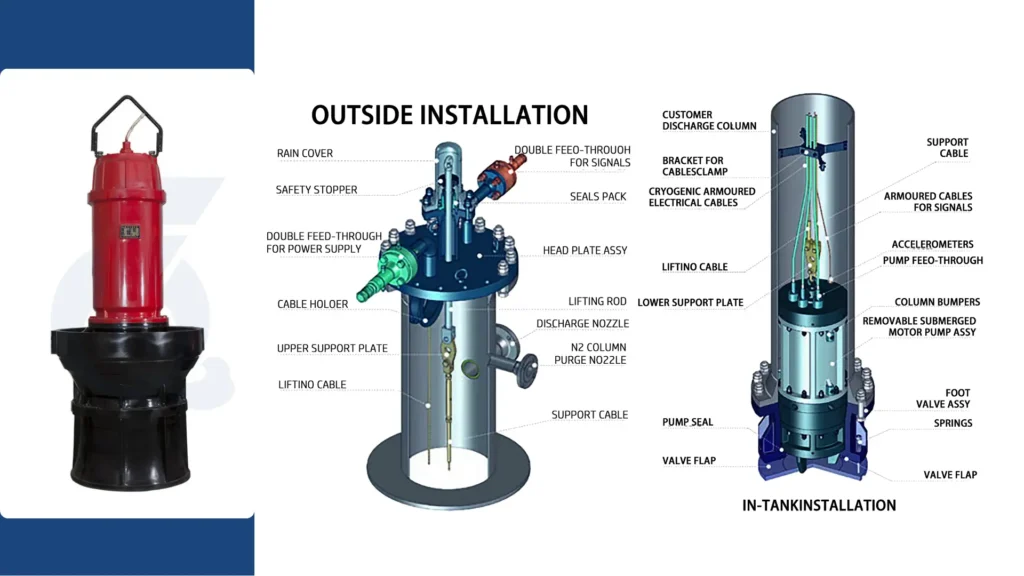
Examining Flow Rate
Flow rate is an important factor during pump selection. It determines the volume of water moving through the pump over time.
Commonly, flow rates are measured by either gallons per minute (GPM) or liters per second (LPS).
Find out what the demand for water volume on your property is and then calculate how much flow you need to execute it correctly, so that you don’t exceed its standard workload for premature pump failure.
Know Head Height
It is imperative to understand head height when choosing a submersible pump.
Head height is defined as the vertical height the water must lift from the source of water to the point of discharge.
Head height includes both static head (vertical height from water back to point of discharge) and dynamic head (resistance due to friction and other piping system factors).
Therefore, correct calculation of the total dynamic head (TDH) is essential in ensuring that water transportation through the pump selected should efficiently reach the areas designed for.
Pump Design Considerations
Types of Submersible Pumps
There exist various types of submersible pumps meant for specific applications.
The most common ones are centrifugal pumps which rotate moving the fluid along and positive displacement pumps that use a fixed amount to move the fluid along and into the discharge pipe.
Understanding the difference between the two types of pumps will enable you to choose the perfect option in water treatment for your purpose.
Material and Durability
Different materials make the construction of submersible pumps; this affects the durability and performance.
These pumps must be constructed from materials that can resist corrosion.
Very good examples are stainless steel or high-density polyethylene, and those can be a good choice for the reason that they can stand up harsh chemicals and abrasive substances.
Such an investment in materials will make it sure that the pump will last longer and avoid replacement costs and downtimes.
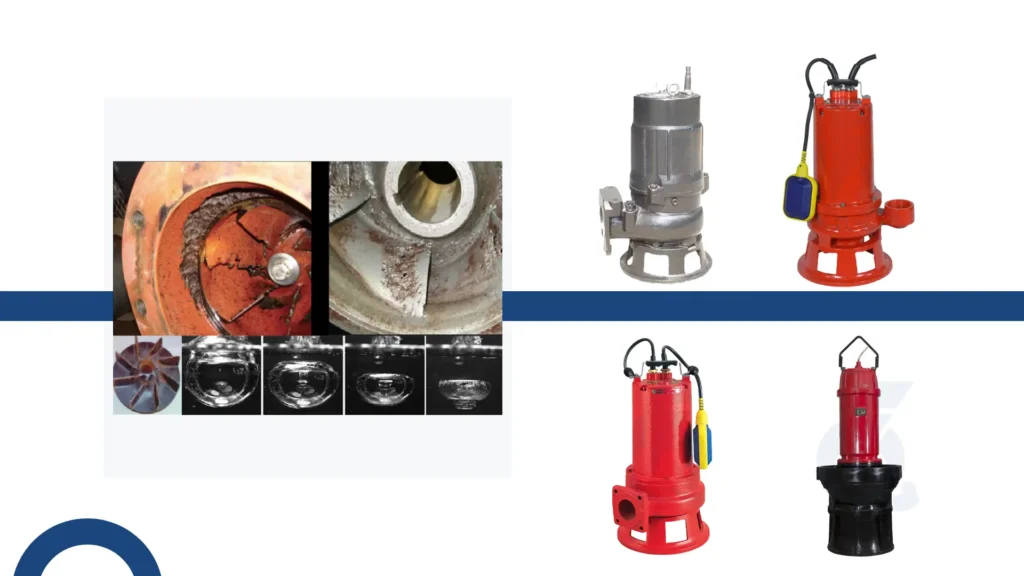
Power Source Options
Submersible pumps can be driven by various resources, such as electricity, solar energy, or gas.
Whether one has to choose electricity, solar energy, or gas, is finding out whether it is available at their location where they intend to install the pump.
Especially for remote locations where energy loss is a big issue, a solar-powered pump could be an ideal solution.
There should be congruency between where the pump is to be installed and the power source available to support performance outcomes.
Performance Features
Energy Efficiency
It is important to choose a submersible pump energy-efficiently. Submersible pumps are those components which have been intruded into the liquid completely to pump water through it.
It is one of the most important aspects to consider since the energy proficient pump can save huge amounts of operational costs, especially in places with high demands on water flow.
Mostly, it must have a high-efficiency rating and energy-saving capabilities, such as using VFDs which can adjust the speed of pumps based on water demarcs, thereby optimizing energy.
Noise Levels
One of the biggest concerns today is defference with noise, especially if your location or facility is situated in a purely residential area without getting the submersible pump in there.
While one thing is for sure, the noise is specifically designed for submersible pumps and does not become any issue as it has already settled itself down.
Therefore, it cannot be a good idea: rather the facility or site must look for a submersible pump that covers the low-noise technology which has been considerably increased to settle down and fit up to community standards as well.
Maintenance Requirements
Assessing the maintenance requirements of a submersible pump is critical for long-term operational performance.
Some of them require servicing more often than others which could create more downtime and expenses.
Buy pumps that offer easy access to components as well as low maintenance requirements.
With a pump that is not as difficult to maintain, it saves time and resources in the long run.
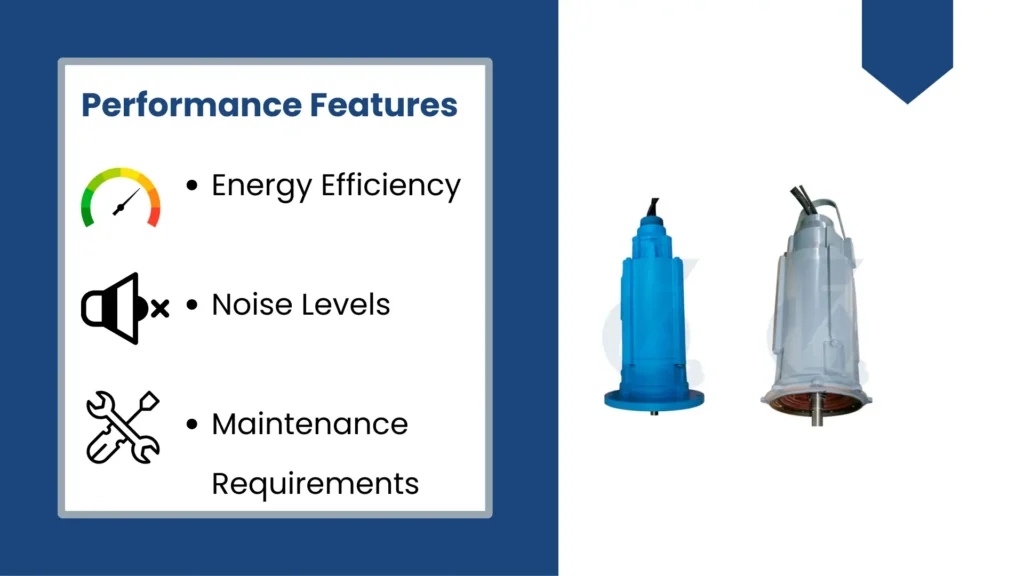
Installation Considerations
Expert Installation
The proper proper installation is the child of any submersible pump. Engaging professional hands makes a world of difference, as the pump is very well installed as per the specifications of the manufacturer.
This reduces the risk of operational problems that arise because of a wrong installation job.
Professionals can as well provide valuable inputs on the best practices of installation and execution.
Site Evaluation
Before the installation actually takes place, the process of comprehensively evaluating an installation site beforehand is a good and necessary procedure for the problems and requirements that can be identified.
Whether the water depth, soil conditions, or accessibility of the area can greatly be factors in the type of installation system implemented.
That way, a thorough evaluation helps in making sure what kind of the pump is selected is just perfect for the local conditions that will in turn set it up for proper operation.
Compliance Criteria
Make sure that the pumps you might elect fit all the regional laws together with industry standards which range from safety considerations, environmental issues, and even health demands that local laws local determining authorities might impose.
Compliance, therefore, would help bring efficiency in operations, as well as in both public health as well as involuntary engagement in court disputes.
Budgeting for Your Pump
Initial Costs vs. Long-Term Savings
So, what should be considered when choosing a submersible pump?
Both the initial expenditure for acquiring it and the net savings afforded in years to come.
Energy-efficient, well-built pumps require a slightly higher initial investment but in the long run translate into major savings in energy and maintenance costs.
Weighing initial investment against total cost of ownership will make the right choice much clearer.
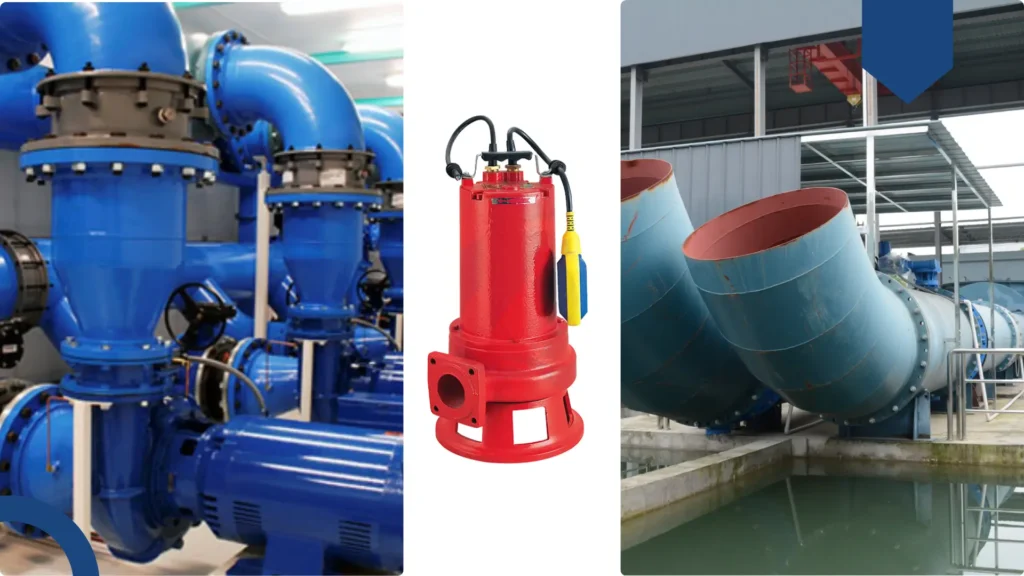
Cost of Maintenance and Repairs
Consider ongoing costs if you are installing a submersible pump. Most of the pumps require servicing and repairs more frequently, which both come around with a swollen cost.
Pumps operating under excellent credibility with reduced maintenance demand would stand to save time and resources in the future.
Warranty and Support
The manufacturer will give enough information about the guarantee and support.
This sort of warranty is powerful and gives that protection that an investor might need to damages and also premature failure.
Besides, an effective support service, consisting of well-informed personnel, would assist a user in maintenance and trouble shooting, ensuring every pump works well in its life span.
Evaluating Manufacturers and Suppliers
Researching Trustworthy Brands
Various brands manufacture submersible pumps, and not all pumps will give flexibility to research a reputable brand is to ensure quality and reliability.
You can research different brands with the help of customer reviews, industry ratings, and more to determine which manufacturers have been known for their durable and efficient pumps.
This can save you a lot of cost pitfalls and, ultimately, bring it down to the use of a reliable product.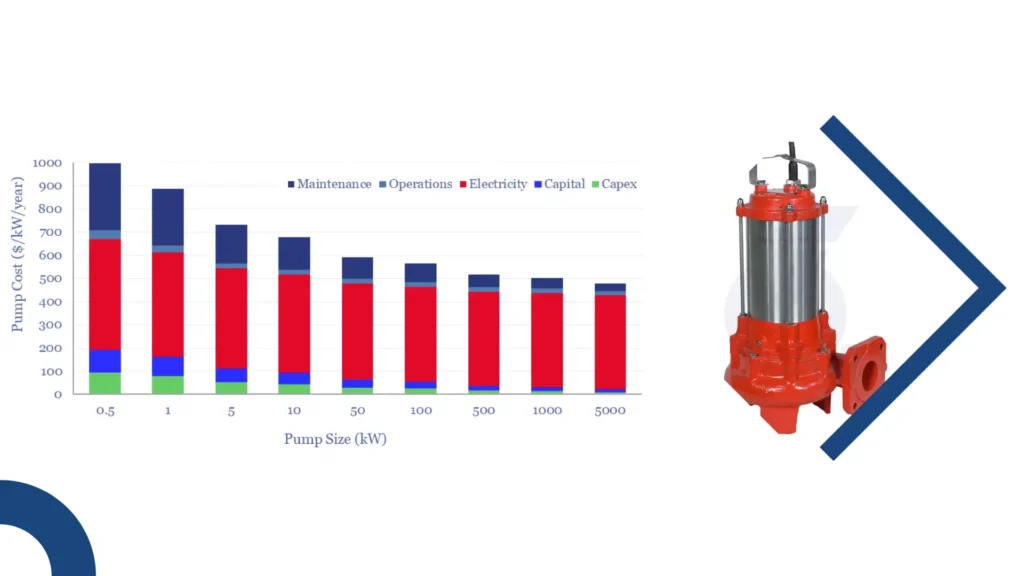
Comparing Options and Prices
Now you have a list of possible pumps for comparison; you may now rate its character versus its features and pricing.
Look for pumps that provide maximum performance and durability combined with economy.
It is one of the ways to calculate the best value for your specific needs and budget, without transgressing quality limits.
What About Customer Services and Support?
Consider this regarding the level of education of the repository staff.
One with customer service offers longevity and/or possibilities for guiding the selection processes as well as for long-term support during the life-period of a pump.
Knowledgeable representative staff could be contacted.
They help in clearing every query that arises in your mind rather than you making a wrong choice for the facility.
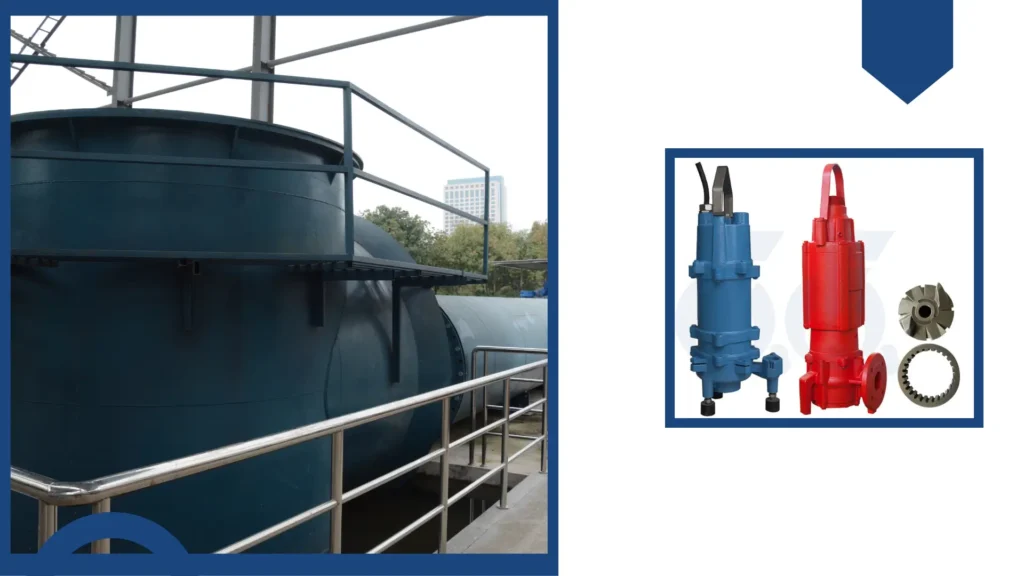
Conclusion
In balance of it, the choice of the best submersible pump for water treatment means meeting the applications, evaluating performances and some installation and budget factors.
Thus, through a rigorous assessment process, you will have been able to choose those pumps that shall meet operational requirements, making them efficient and reliable.
Thus, knowing the wear and tear aspects of the pump would help one to invest intelligently in the equipment thus enabling the optimal running of equipment and reduces the long-term costs thereof.
So, if you are around looking to buy the best submersible pump for water treatment, then the best advice is to evaluate and consult professionals in this area.
A right buying now indeed can heighten progress in water treatment, make one of the best water treatments ever, and witnessing such better practices in the long term.
Get in touch with the different trusted suppliers so you can begin the selection process.

